-
Like India’s PRATUSH, astronomers want to put telescopes on, around the moon
Astronomers are looking forward to opening a new window on the universe by posting high-resolution telescopes on the moon, and in orbit around it. There are numerous proposals to do this from astronomers around the world — including one from India called PRATUSH. On the earth, optical telescopes (which collect visible light at longer wavelengths)…
-
Largest Digital Camera For Astronomy Will Soon Begin Space Exploration From Vera Rubin Observatory
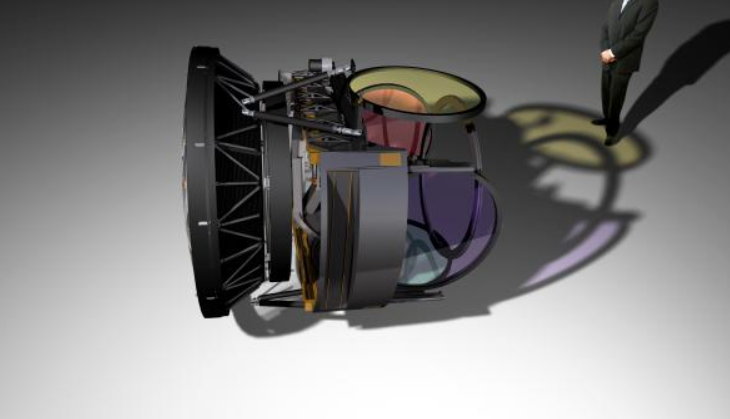
The LSST Camera, boasting nine years of meticulous construction and a staggering 3.2 billion pixels, has reached its completion. As the largest digital camera ever designed for astronomy, it now stands ready to reignite our understanding of the cosmos. Positioned at the heart of the Vera Rubin Observatory, this instrument is now ready to take…
-
Astronomers have found what may be the smallest galaxy ever
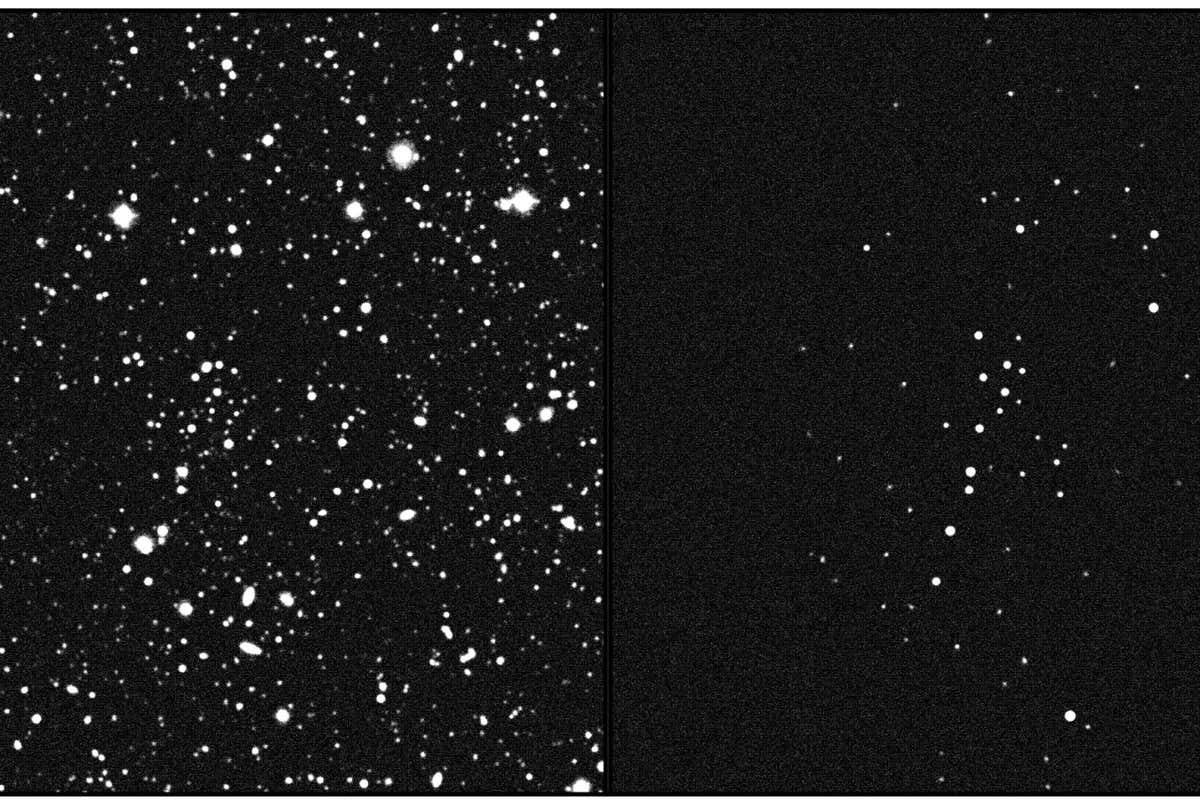
This deep sky image (left) contains a star cluster (right) that could be the faintest and smallest galaxy ever seen CFHT/S. Gwyn (right) / S. Smith (left) An impossibly small clump of stars is orbiting the Milky Way without breaking apart, which could mean it is the least massive galaxy ever spotted. Although it only…
-
April also features other astronomical events besides the total solar eclipse
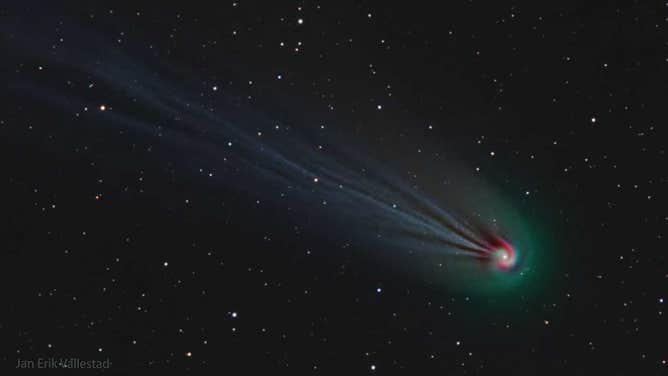
Comet 12P/Pons-Brooks also known as the “devil comet” is zooming toward its closest approach to the Sun, known as perihelion. Astronomers are tracking the comet in the night sky and its colorful reactions. Without including the anticipated total solar eclipse, April is already packed with astronomical events to enjoy outside if the skies are clear,…
-
Planetary Alignment 2024: What Is It? When Is the Next Planetary Alignment?
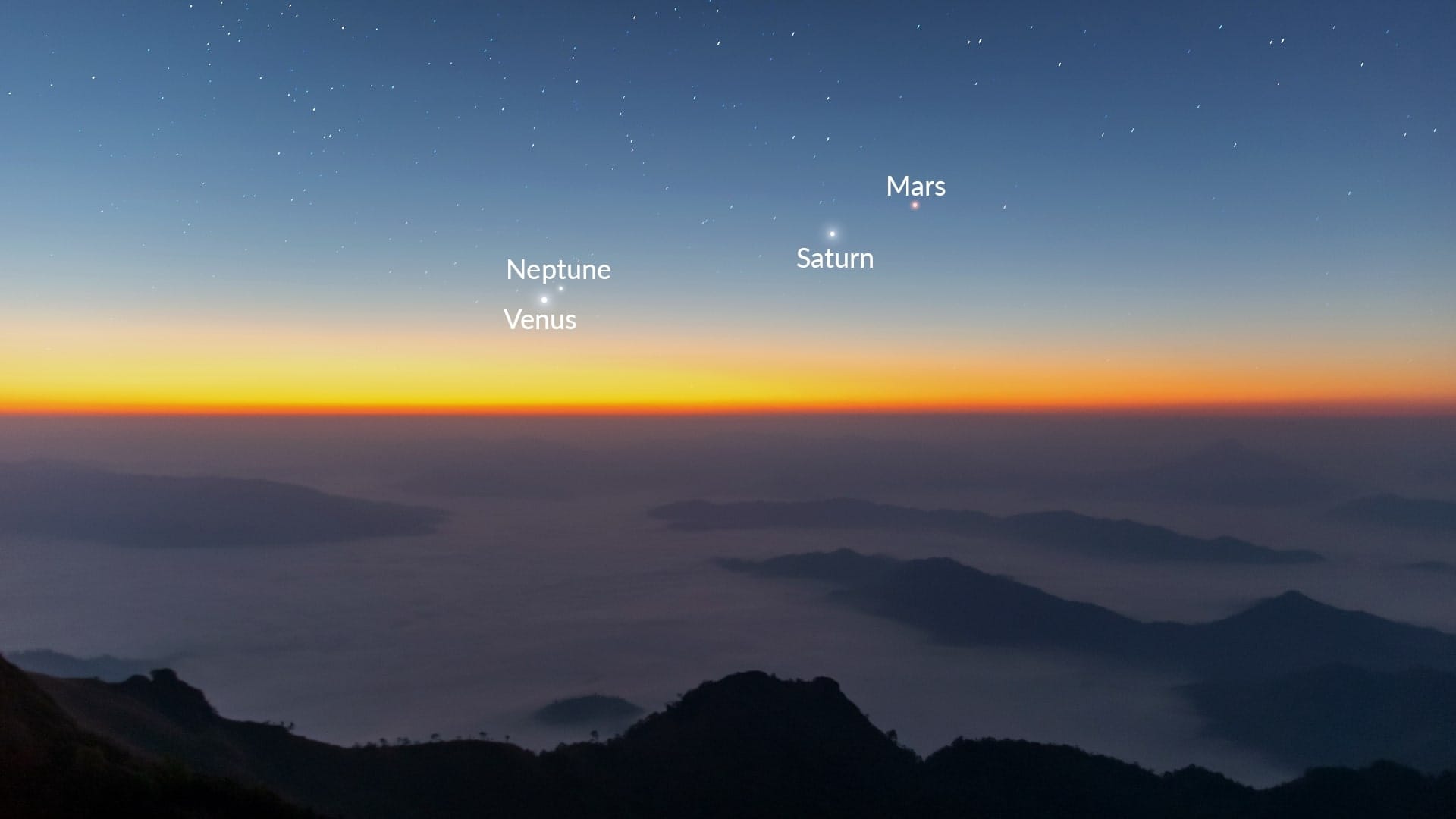
Planetary alignments are beautiful celestial events that you can observe without special equipment. The next planetary alignment is on April 4, 2024. To make sure you find every planet easily, use the free Sky Tonight app. And don’t worry if you’re new to astronomy! The app is user-friendly, perfect for beginners and experts alike. Now,…
-
April’s Night Sky Offers a Gateway to Celestial Splendor and Industry Growth
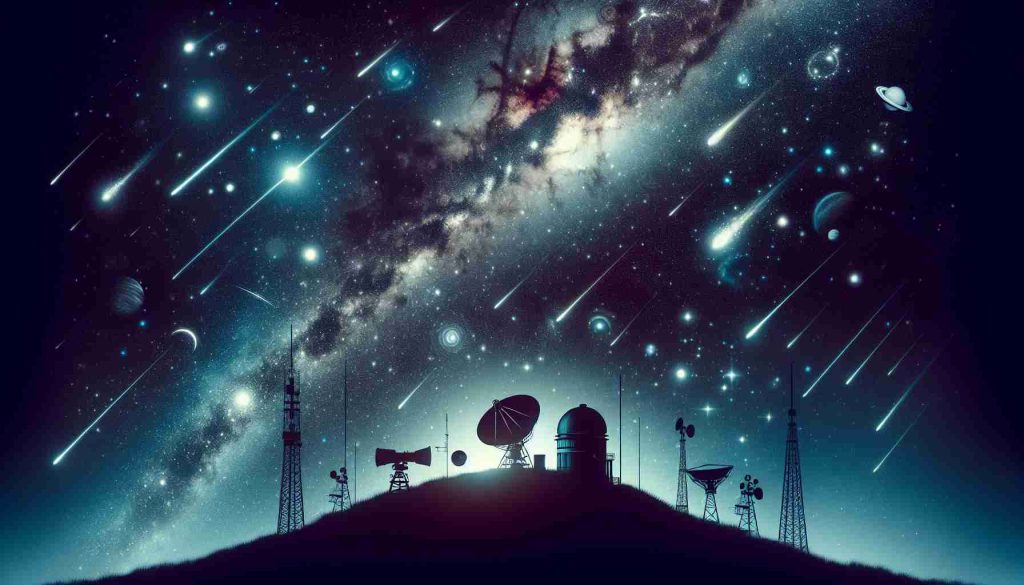
April presents a spectacle of astronomical events that highlight the ever-evolving space and astronomy industry. Major events include the Super New Moon, the rare sighting of the ‘Mother of Dragons’ comet, and the dazzling Lyrid meteor shower, illustrating the industry’s expansion amid challenges like light pollution and the ecological impact of space tourism. As April…
-
April’s Celestial Wonders: From Dragon Comets to a Flourishing Astronomy Industry

Summary: This article provides an overview of the upcoming astronomical events in April and reflects on the growth and challenges of the space and astronomy industry. The unique cosmic displays including the Super New Moon, the ‘Mother of Dragons’ comet, and the Lyrid meteor shower, are linked to the broader context of astronomical research, space…
-
Why are some supermassive black hole jets so short? Astronomers may have cracked the case

A new investigation into a rare and short-lived type of galaxy has revealed that such objects harbor slumbering supermassive black holes that briefly awaken to rip apart a massive star and devour its remains as a giant cosmic breakfast. “Compact Symmetric Objects,” or CSOs, are active galaxies that have two jets blasting out from them…
-
Where does the solar system end?

The solar system is an enormous place. Our cosmic neighborhood includes eight planets, around half a dozen dwarf planets, several hundred moons and millions of asteroids and comets, all spinning around the sun — and in many cases each other —at speeds of thousands of miles per hour, like a giant top. But where does…
-
Top Astronomy, meteorology, space experts gather at Frontiers of Flight for solar eclipse two-day event
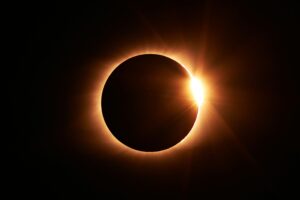
Photo courtesy of Unsplash. Next week, North Texans will have the rare opportunity to view a solar eclipse and the Frontiers of Flight Museum will host two events to celebrate the celestial phenomenon. #mc_embed_signup{background:#fff; clear:left; font:14px Helvetica,Arial,sans-serif; width:100%;} #mc_embed_signup .indicates-required {display: none;} #mc_embed_signup .mc-field-group {clear: none; width: 75%; padding-bottom: 0%;padding-top: 1.5%;} #mc_embed_signup form {margin: 0px…
